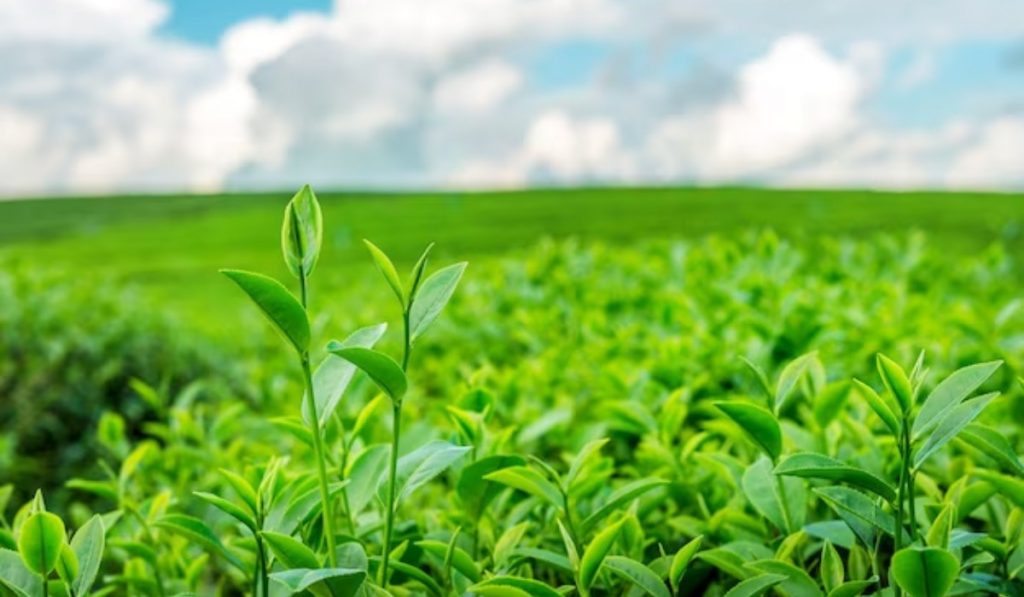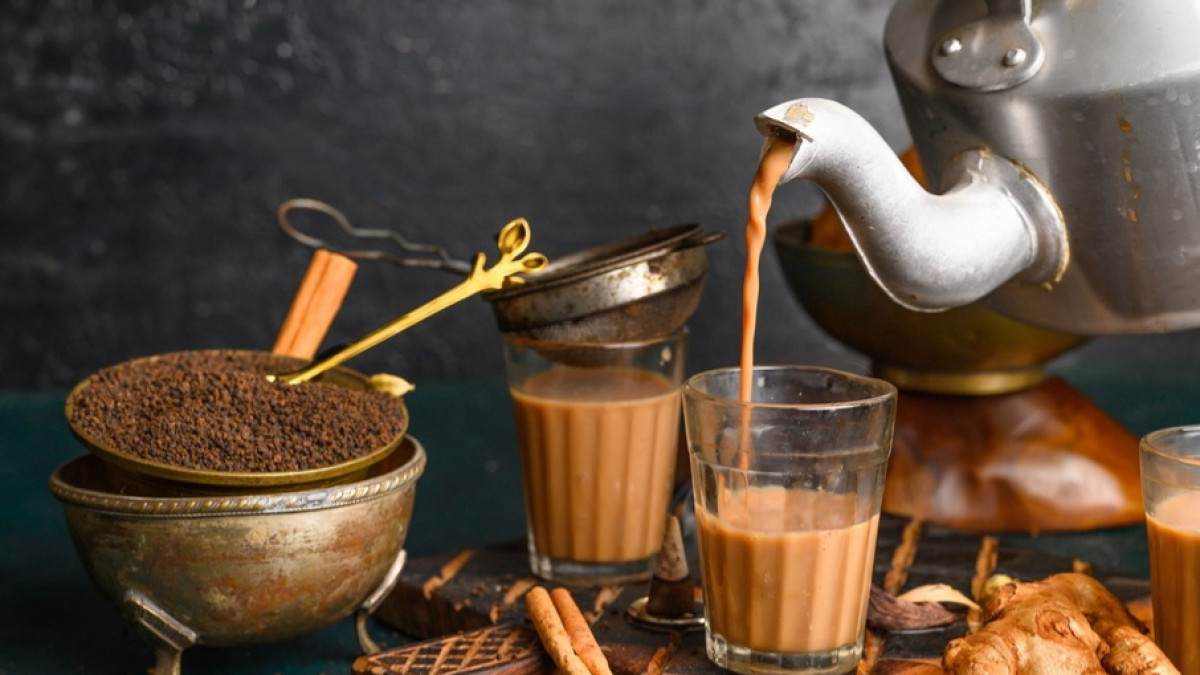As the world comes together to celebrate International Tea Day, there’s no better time to explore the vibrant tapestry of tea culture in India, a nation where the art of tea-making is deeply embedded in its cultural fabric.
1. Diverse Tea Regions:
India, a global tea powerhouse, takes pride in its diverse tea-growing regions, each contributing distinct flavors to the global tea market. Assam, with its bold and robust teas, stands as the largest tea-producing region, while Darjeeling, nestled in the Himalayan foothills, produces the celebrated “Champagne of Teas” with its high-altitude plantations.
Also Read: Actor Shreyas Talpade undergoes angioplasty after collapsing of heart attack
2. Chai Culture:
No exploration of Indian tea culture is complete without delving into the ubiquitous love for chai. Chai, a spiced tea concoction, transcends socio-economic boundaries, becoming a daily ritual that fosters connection and community. From bustling city streets to quiet villages, the aroma of brewing chai is a constant companion.
3. Masala Chai Tradition:
The allure of masala chai, a blend of black tea infused with aromatic spices like cardamom, ginger, and cinnamon, is a testament to the creativity and innovation within Indian tea culture. This flavorful tradition has found its way into the hearts of tea enthusiasts globally.
Also Read: Over 80 Hospitalized Due to Food Poisoning Following Wedding Reception at Nagpur Resort

4. Tea Estates and Scenic Landscapes:
India’s landscape is adorned with picturesque tea estates that not only contribute to the nation’s economy but also serve as visual delights. From the lush hills of Munnar in Kerala to the charming landscapes of Ooty in Tamil Nadu, these tea plantations tell a story of beauty and tradition.
Also Read: The Health Benefits of Beet Juice
5. Global Tea Exporter:
India’s role as one of the largest tea exporters globally is pivotal, with its teas satisfying diverse palates across continents. The country’s tea industry has played a significant part in shaping the international tea market.
6. Tea in Rituals and Wellness:
Tea is not merely a beverage in India; it’s a part of rituals and traditions. It is offered as a gesture of hospitality and is an essential element of social gatherings. Beyond its cultural significance, tea is also valued for its potential health benefits, with herbal infusions and Ayurvedic teas gaining popularity.
Also Read: Former Teetotaller Emerges as India’s Latest Billionaire: Lalit Khaitan
7. Sustainable Practices:
In an era where sustainability is paramount, many Indian tea estates are embracing eco-friendly and organic practices. This commitment to sustainability not only reflects environmental responsibility but also emphasizes the well-being of the tea plantation workers.
As we raise our cups to toast on International Tea Day, let’s savor the rich heritage that India brings to the world of tea. Every sip tells a story of tradition, diversity, and warmth, making the journey through India’s tea culture an experience to be cherished.
Also Read: Former Teetotaller Emerges as India’s Latest Billionaire: Lalit Khaitan











